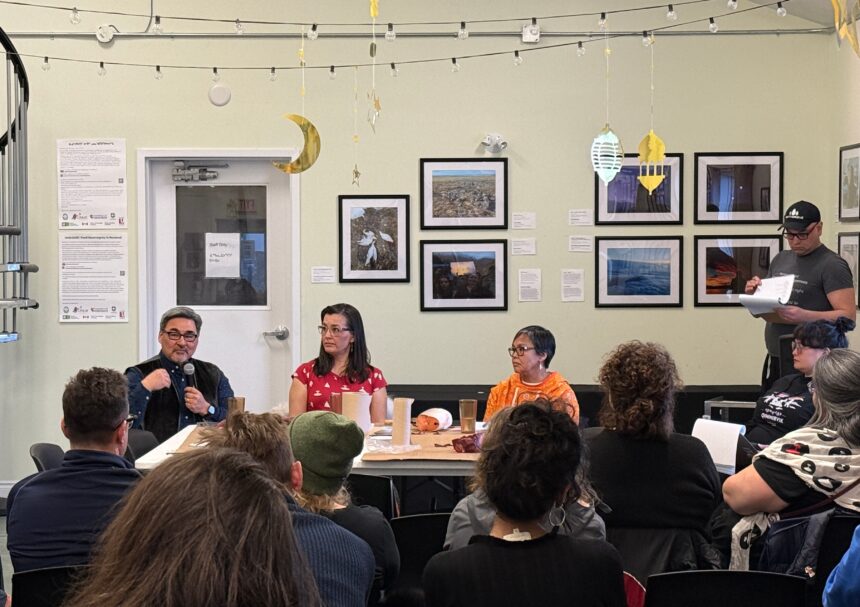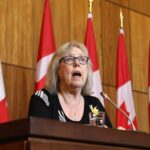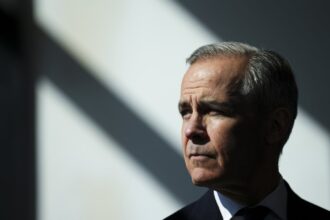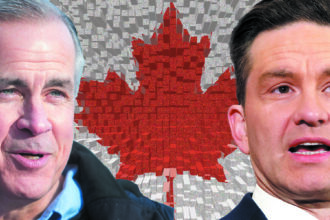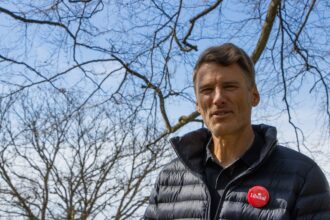Territorial Leadership Debate: Food Security at the Forefront
Tensions flared during Wednesday’s territorial leadership debate as Nunavut’s major party candidates clashed over solutions to the territory’s persistent food security crisis, revealing deep ideological divides just three weeks before voters head to the polls.
The debate, held in Iqaluit and broadcast across the territory, quickly centered on the territory’s staggering food costs, with nearly 60 percent of Nunavut households experiencing food insecurity—the highest rate in Canada according to Statistics Canada’s latest figures.
Incumbent Government Defends Subsidy Program
“We cannot continue with band-aid solutions when our children are going to bed hungry,” declared incumbent Premier P.J. Akeeagok, defending his government’s enhanced Nutrition North subsidy program. “Our administration has increased support by 33 percent since 2022, putting real money back into families’ pockets.”
Opposition Critique and Alternative Proposals
Opposition leader Mary Killiktee fired back with pointed criticism, calling the current approach “fundamentally flawed” and presenting data showing average food costs remaining 238 percent higher than southern Canada despite years of subsidies.
“After four years of the current government, a basic grocery basket still costs a family of four over $500 weekly in most communities,” Killiktee stated. “What we need is structural change—community-owned co-operative stores and direct investment in Inuit-led hunting and harvesting programs.”
A Third Vision: Greenhouse Infrastructure
The debate reached its most heated moment when third-party candidate Joseph Savikataaq proposed his controversial “Northern Self-Sufficiency Act,” which would allocate $75 million annually toward greenhouse infrastructure in each Nunavut community.
“Food sovereignty cannot come from Ottawa’s pocketbook,” Savikataaq argued. “We must build our capacity to grow and harvest food year-round through innovative approaches that respect both traditional knowledge and modern technology.”
Expert Insights and Structural Challenges
Economic experts watching the debate noted the fundamental challenge facing any solution. Dr. Alisha Pedersen from the Northern Economic Institute told CO24 News: “The isolation of communities, extreme climate conditions, and high transportation costs create a perfect storm for food insecurity that requires both immediate relief and long-term infrastructure investment.”
Broader Political Context
The debate also highlighted connections between food security and broader political issues including housing shortages, climate change impacts on traditional hunting, and ongoing negotiations with the federal government over resource revenue sharing.
Food Security: An Election Flashpoint
Recent polling suggests food security ranks as voters’ second-highest concern behind housing, with 78 percent of likely voters citing it as “very important” to their voting decision according to the Nunavut Democracy Project’s pre-election survey.
As the territory approaches its May 16th election day, the question remains whether voters will embrace incremental improvements to existing programs or demand more fundamental changes to Nunavut’s food distribution systems. With communities scattered across nearly two million square kilometers and limited transportation infrastructure, the next government faces formidable challenges in delivering on campaign promises.
As Nunavummiut prepare to cast their ballots, they must consider not just which candidate offers the most compelling vision, but which approach can realistically deliver results in a territory where grocery prices remain among the highest in the world. Will voters prioritize immediate relief or longer-term transformation in addressing this fundamental human need?

